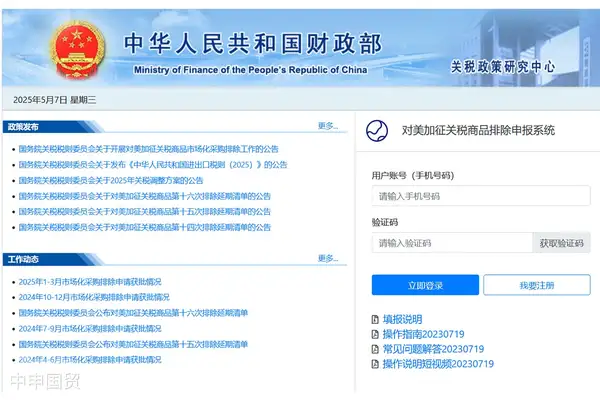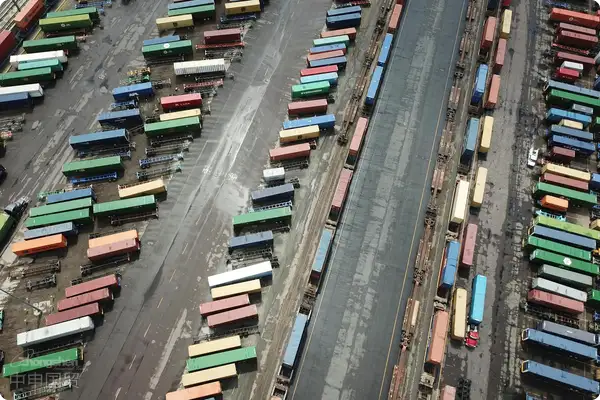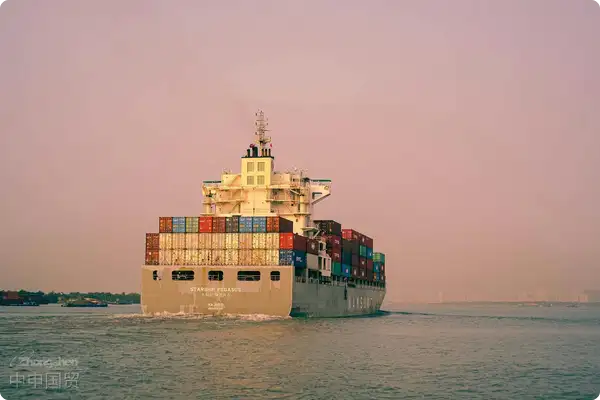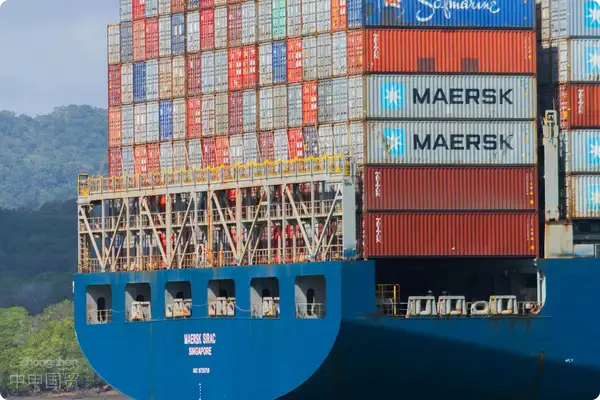- Shanghai Zhongshen International Trade Co., Ltd. - Two decades of trade agency expertise.
- Service Hotline: 139 1787 2118
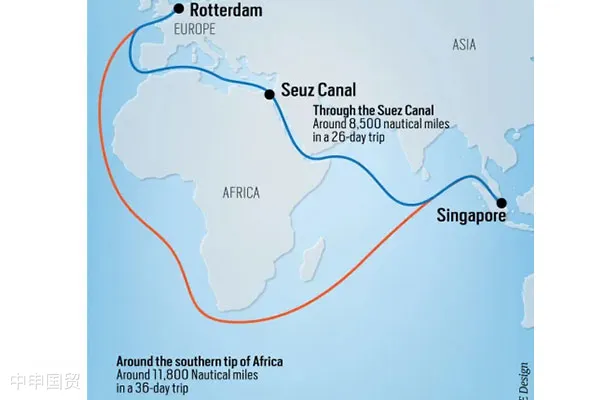
Since November last year, the Red Sea route—one of the worlds busiest international shipping lanes—has experienced a series of cargo ship attacks. This Red Sea crisis affects approximately 12% of global trade volume and has profoundly impacted Chinasforeign tradeexports. After over two months of escalation, this crisis has evolved beyond temporary disruption, with its long-term effects becoming a growing concern for foreign trade enterprises.
During these two months of Red Sea crisis, sustained shipping cost increases have emerged as a major challenge. With multiple shipping giants opting for Cape of Good Hope detours, rising transportation costs have caused EuropeanMaritime Transportationprices to skyrocket, with some routes seeing 600% increases. According to Ningbo Shipping Exchange data, as of January 12, European route freight indices rose 232.9% YoY, while US routes saw over 40% increases.
Moreover, alongside doubled freight costs, delivery timelines have suffered. European-bound cargo via Cape of Good Hope now takes 15-20 additional days, totaling 40-55 days—a crippling blow forCross-border E-commercetime-sensitive businesses. While pre-Chinese New Year shipping rate hikes are typical, the Red Sea crisis is expected to prolong this upward trend.
Facing steep freight hikes, foreign trade enterprises have adopted varied approaches. Some opted for FOB (Free on Board) terms, transferring shipping costs/risks to importers to avoid losses. However, FOB isnt universally viable—only large歐美 buyers like hypermarkets accept it, as they possess mature export/customs systems for freight negotiations. Small/medium enterprises handling scattered orders predominantly use CFR (Cost and Freight), bearing greater cost pressures.
For cross-border e-commerce firms, the Red Sea crisis delivers a double blow. Delivery delays and freight spikes create simultaneous inventory shortages and cost burdens. Some already face 10-day stock gaps in overseas warehouses due to delayed arrivals. Long-term, these costs will inevitably transfer to product pricing, but short-term cash flows face severe strain.
Amid this Red Sea crisis,China-Europe Railway Expresshas emerged as an alternative to海運. However, with rail rates also rising with the tide—40% higher than海運—it better suits high-value, time-sensitive goods. Industry sources report Januarys rail cargo capacity fully booked, with volume up 20% MoM.
As freight costs keep soaring and delivery times extend, foreign trade enterprises confront dual pressures of high costs and logistics risks. This impacts both business operations and global supply chains. In this context, companies must respond flexibly, exploring diverse logistics channels and trade settlement methods to navigate current challenges.
Related Recommendations
? 2025. All Rights Reserved. Shanghai ICP No. 2023007705-2  PSB Record: Shanghai No.31011502009912
PSB Record: Shanghai No.31011502009912
